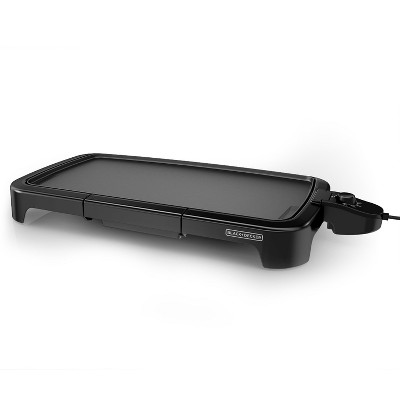pricklyrobot
Well-known member
Does electrolysis yield better results? i.e. better detail/less pitting?
Or does it just save you having to use/store hazardous chemicals?
Also ‘weeding’ the vinyl (Cricut, et al) can get pretty tedious for more detailed designs, even if the machine is able to cut it.
Or does it just save you having to use/store hazardous chemicals?
Also ‘weeding’ the vinyl (Cricut, et al) can get pretty tedious for more detailed designs, even if the machine is able to cut it.
Last edited:








